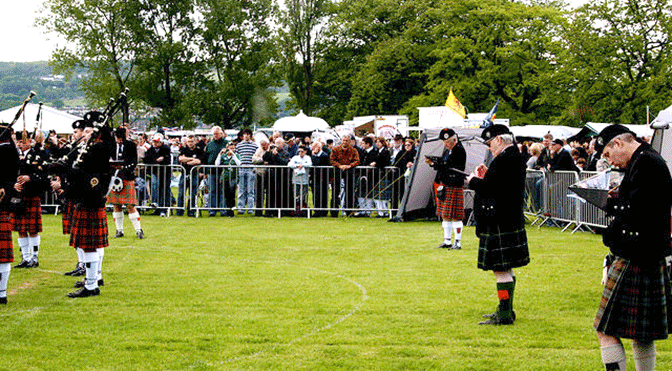

Having previously contributed a number of articles about pipe band ensemble in the RSPBA’s quarterly magazine when I was an ensemble adjudicator and also deeply involved in adjudicator training, the Editor of Piping Press asked me for my thoughts on a suggestion made recently that it is now perhaps time for this type of adjudication to be abolished due to ineffective adjudication.
I am a strong supporter of ensemble adjudication but I have no wish to become involved in a protracted debate on the subject. I am happy, however, to provide some historical and factual information; but I would also like to make it clear that my views are personal, and any change would be a matter which only the RSPBA can consider taking into account the views of its membership.
My first reaction to the suggestion, however, is that it is never a good idea to abolish anything without giving serious consideration to the history of why it was introduced in the first place. Among the key questions which should be asked are is ensemble adjudication needed and, if so, what is the most appropriate way it can be delivered or improved taking into account the lessons learned? 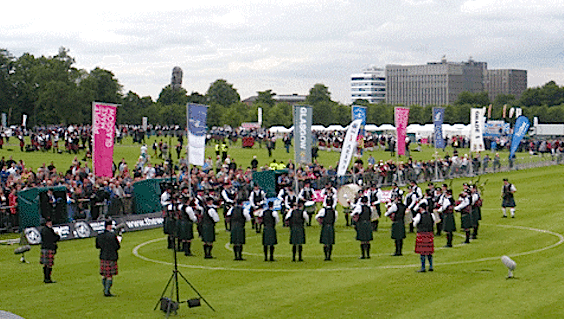
Even more important in this particular case, however, is that ensemble adjudication is the only adjudication discipline which considers the performance of the players in a pipe band collectively. We are talking about ‘pipe band’ competitions, so do we really want to abolish the one discipline of adjudication which is intended to consider the holistic effect from a musical perspective?
Ensemble has not been without controversy since the concept was introduced for major championships in 1970. Initially ensemble adjudication was undertaken by respected individuals from musical disciplines outwith the pipe band environment. Their lack of pipe band knowledge did not sit well with many pipe band traditionalists and fairly quickly they were replaced by pipers and drummers; and arguably a debate started which has been running ever since.
It resulted in differing interpretations of pipe band ensemble; but over the years many people have also argued that adjudication of pipe bands should be undertaken by a single category of ‘pipe band’ or ‘ensemble’ adjudicator. That has never happened but different combinations of piping, drumming and ensemble adjudicators have been introduced or proposed over the years, including either abolishing the drumming adjudicator or the best drum corps prize to improve the claimed conflict between over technical drumming and drum corps/percussion musical influence.
[wds id=”6″]
The current formation of two piping, one drumming and one ensemble adjudicator for major championships has survived for many years. Even so, it has often been argued that ensemble should represent more than its current 25% of the overall performance assessment, possibly by increasing the number of ensemble adjudicators rather than abolishing them. Piping currently represents 50% of the assessment and most people have viewed this as correct and fair since the bagpipes are the dominant instrument providing the melody.
However, you cannot have a pipe band without drummers and tasteful percussion is key to achieving musical effect. It is perhaps also worth highlighting that two piping adjudicators were introduced to provide a balance of opinion whereas in recent years there has been a shift towards piping adjudicators reaching a shared view. That illustrates how thinking can change in the pipe band world, more than often generated by perceived anomalies in competition results. It will never be possible to please everyone. It has often been said that competition brings out the best in products and the worst in people.[polldaddy poll=9973610]
Since the early 1990s there has been a much greater RSPBA focus on structured training of piping, drumming and ensemble adjudicators aimed at improving adjudication, and also recognising that good players do not automatically or necessarily make good adjudicators, significantly different skills being required. The latter may not be widely understood or accepted but is nevertheless a reality.
Judging large numbers of bands and giving the same level of assessment to each consistently is no easy task and is significantly different to actually playing in a pipe band. The more rigorous training included efforts to improve ensemble adjudication in a number of ways. Pipe band ensemble and how it should be adjudicated were more clearly defined. More emphasis was placed on practical exercises to illustrate examples of perceived good and not so good ensemble performances.
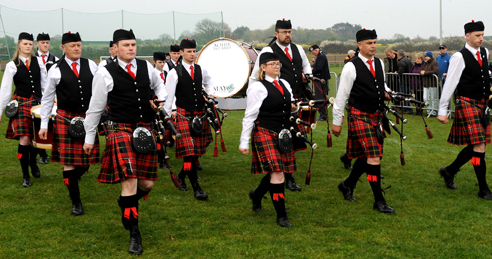 Pipe Major Conor Molloy (left) and Achill Pipe Band
Pipe Major Conor Molloy (left) and Achill Pipe Band
The Musical Appreciation & Presentation (MAP) project for Grade 4 and Novice Juvenile Pipe Bands was found to be a useful means of identifying ensemble adjudicator potential as all RSPBA adjudicators were trained as ‘MAP adjudicators’, which in reality was a limited form of ensemble adjudication. As part of another project, a senior Armed Forces musician presented his views on the important musical and musicianship aspects of a military band performance, which in many ways can be similar to an orchestra.
That exercise confirmed that over 90% of the factors were directly comparable with those associated with the RSPBA definition of pipe band ensemble, covering the combined band effect in terms of technical accuracy, integration, sound balance and musical impact/effect. These and similar experiences were taken into account in developing a much more intensive and demanding RSPBA ensemble adjudicator training course which was introduced in 2012.
• Read the second instalment here.
[wds id=”10″]

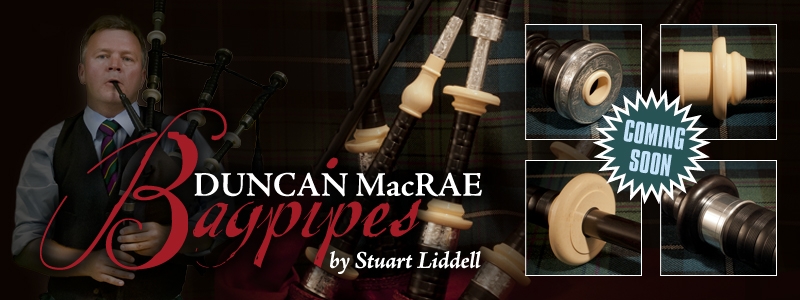

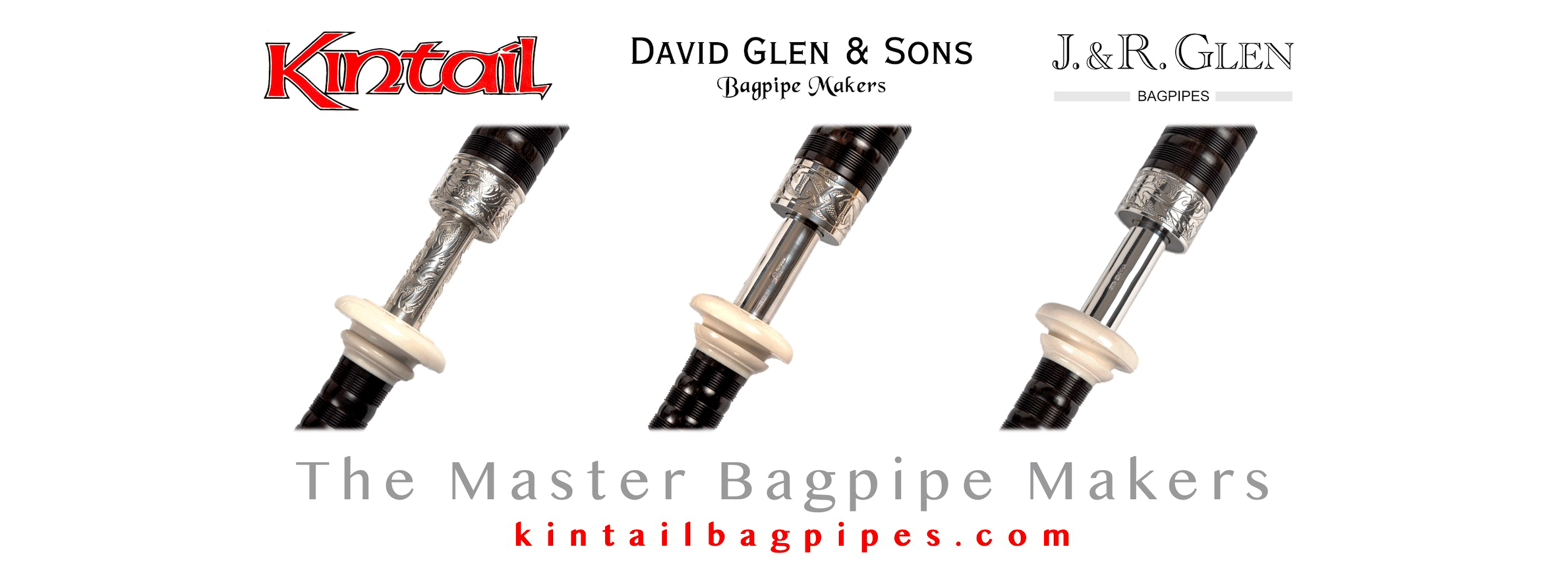






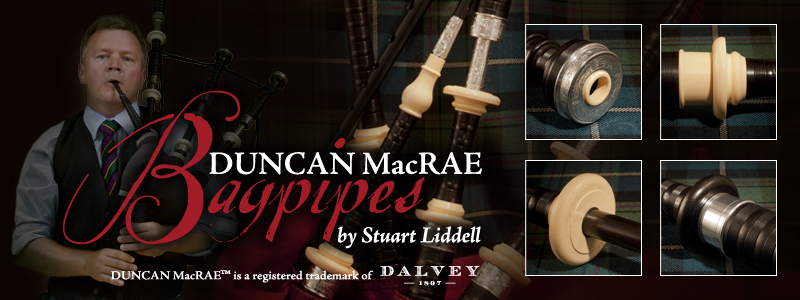

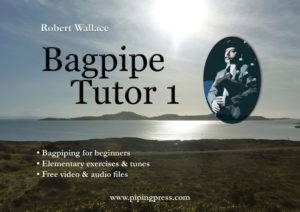
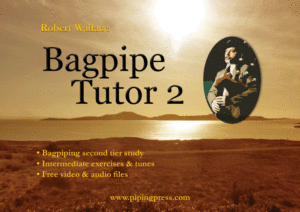
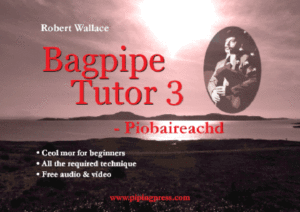
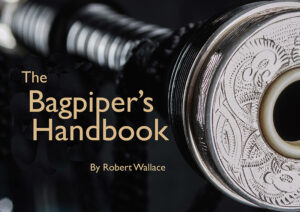



Recent Comments